ETHEL String Quartet comes to Grinnell with a résumé that any music department would envy. With four degrees from Julliard, a decade of time to polish their act together and the good sense to perform something that a younger audience can relate to, this group is on a stage of performance all their own. Or so it would seem. The program performed on Wednesday, Nov. 10 showed that no matter how many degrees a group has, if the artists don’t shape the sound into meaning, it will come across as technical, stiff, and at best, academically compelling. Such was the case with ETHEL’s Wednesday performance.
The group began the performance with Terry Riley’s “Sunrise of the Planetary Dream Collector.” Described as “one of the seminal masterworks of the minimalist movement,” this piece relies heavily on the personal and group interpretation of the performing ensemble for a successful production. While technically masterful, the members could not lift their eyes from the music stands long enough to emit a whiff of emotion. This was a recurring phenomenon throughout the piece.
For music to be effective, and to act as a medium for emotional expression, the artist has to be a master of the craft, a commanding force over the delicate balances of their instrument. In ETHEL’s second piece entitled “Early that Summer,” composed by Julia Wolfe, the cellist, Dorothy Lawson, often carried the mood while the violins focused so heavily on playing quietly in some areas that their message got lost in the poor combination.
The redeeming moments of the night came from an arrangement that the members of the ensemble compiled themselves. The work included excerpts from Phillip Glass’s “The Hours,” and in these five movements, the walls, tiles, windows and the very people sitting in the pews learned why ETHEL has such an excellent reputation.
The first and second violins (Cornelius Dufallo and Mary Rowell) shaped this utopian sound line by line around the changing melodies that they share. The moments between the violins singing across the hall were held by a shoe string—if one finger slipped, some of the most beautiful one-liners sailing from the violins would have been lost. The first and second violin, like struggling parents of the music, argued and made up, worried and reassured. Their duality let the listener believe that for as long as they held their perfect harmonies, all would be right with the world.
While Dufallo and Rowell offered glimpses of perfection with their artistry and intonation, throughout the night Lawson showed that no matter what, every note she plays will be played like it’s her last. She supported and led, leapt out and ducked down and all with a theatricality that stole the show.
The violinists, on the other hand, despite shaping and molding moments of sound that are truly remarkable, frequently forgot that no matter how quietly the music is supposed to be played, artists should still be trying to make a statement.
Even with these shortcomings, violist Ralph Farris showed that the performance of contemporary music is a dynamic conversation between the players and the audience. He seamlessly filled any void that the violins had created with deep, rich harmonies that not only covered the gaps, but also elevated the entire performance.
ETHEL’s final piece, “String Quartet No. 2: The Flag Project,” was written by New York-based artist Huang Ruo. After tossing aside any preconceptions that the violin bow is supposed to be played on the strings, each member of ETHEL employed not only their instruments, but also Buddhist prayer bells to conjure a sound that to the ear sounded like flutes, pipes and the wind rustling in the trees.
The culmination of the event was an encore performance of one piece. The group introduced it as just a little song by an English composer, but after the chords and melodies of “Kashmir” began to fly, they threw away the sheet music, got some percussion going on the fiddles and the violist showed that all he needed was a little Led Zeppelin to put his bow to the string and make that viola sing.
While lacking in some areas, ETHEL showed that if the music is played right, there is no difference between a string quartet and a cutting-edge rock band.





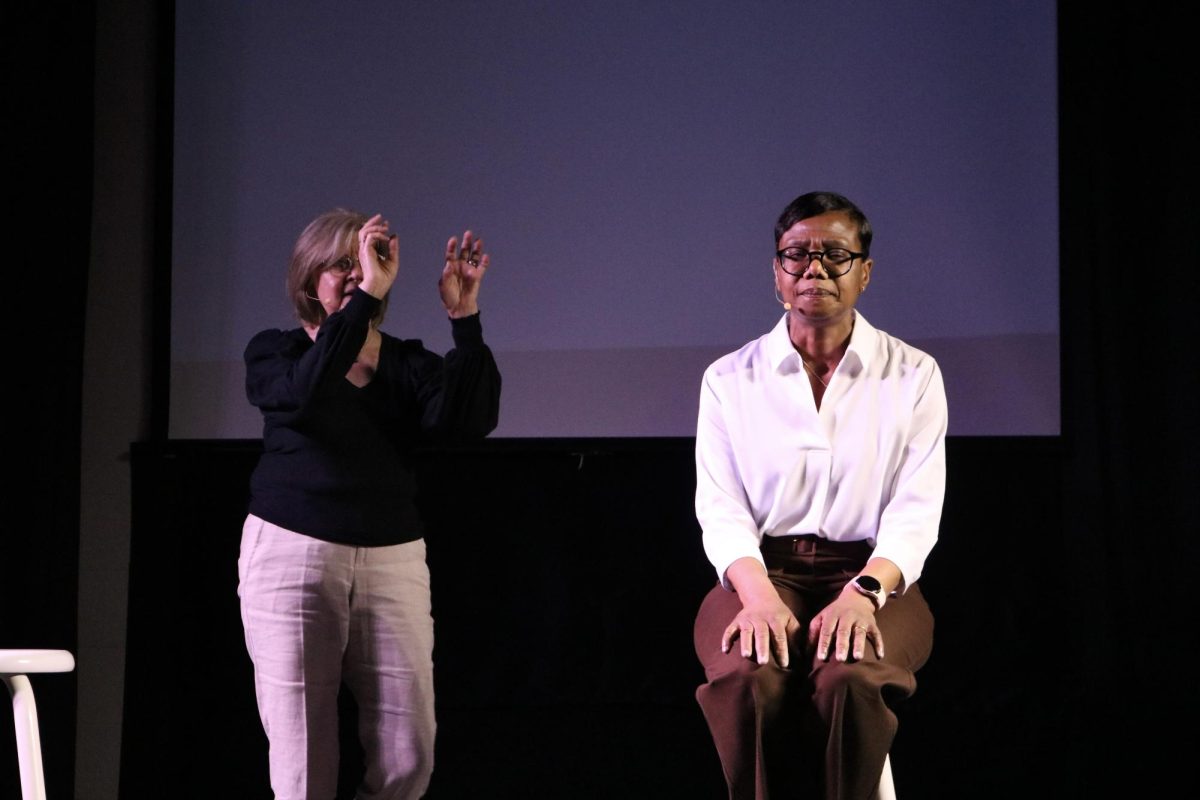

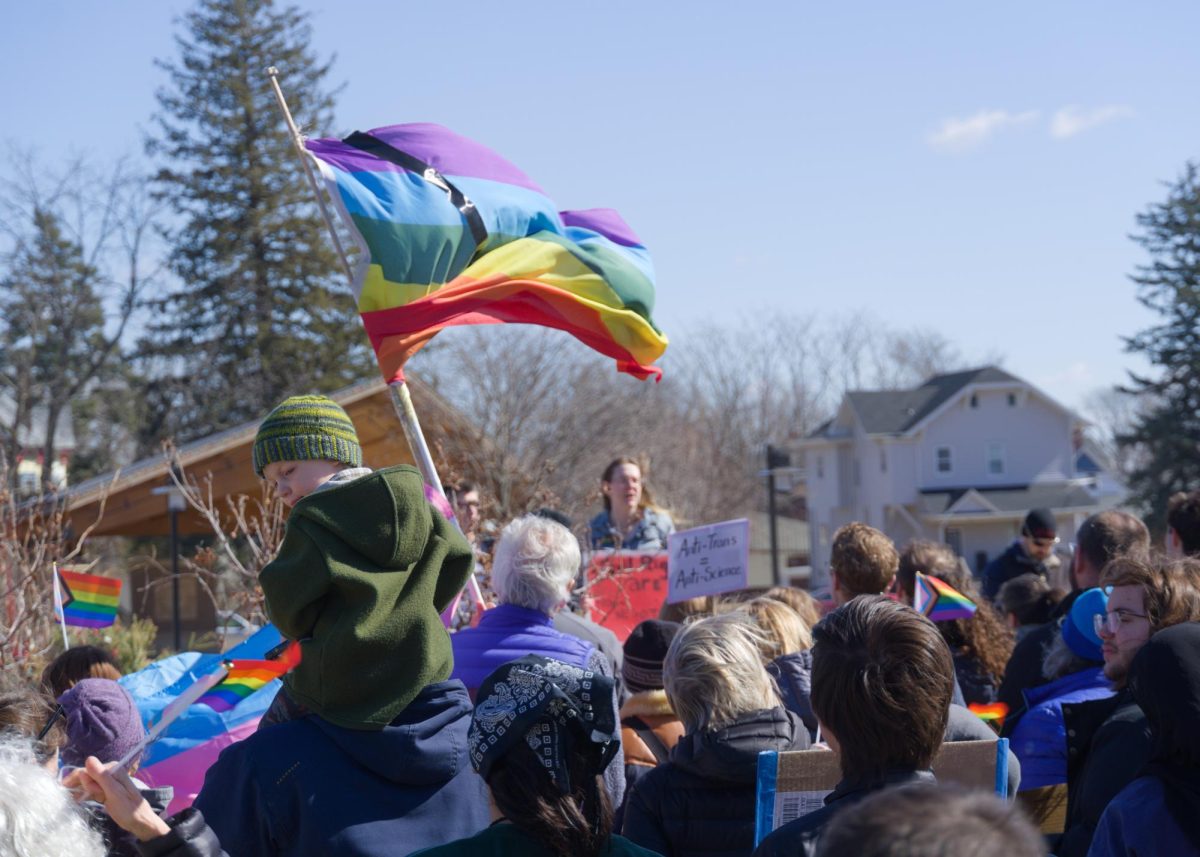





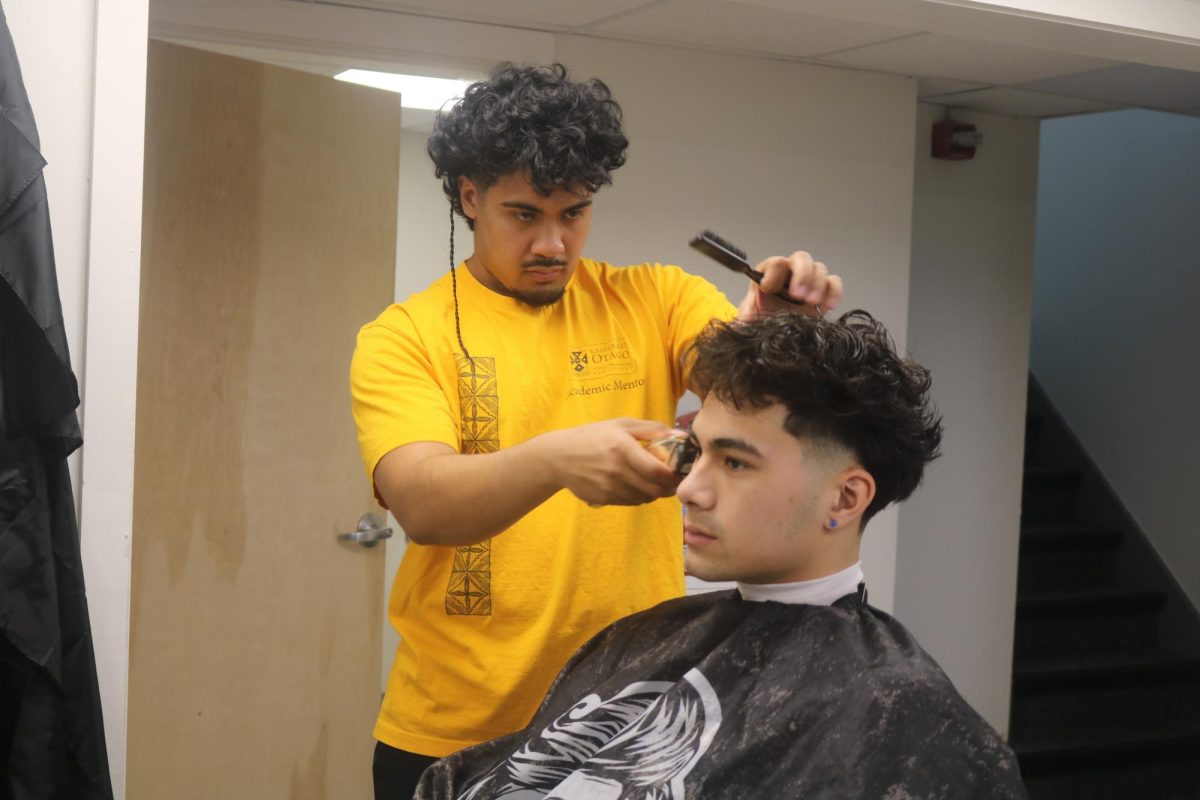





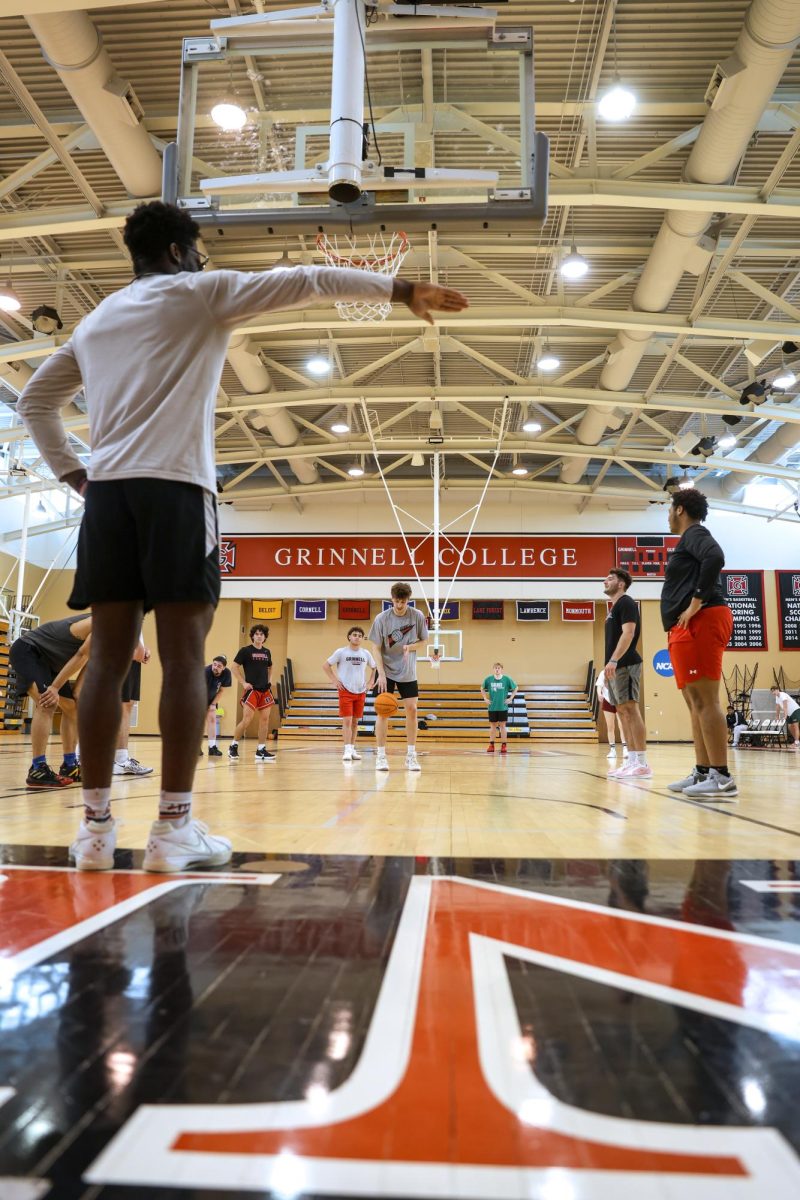

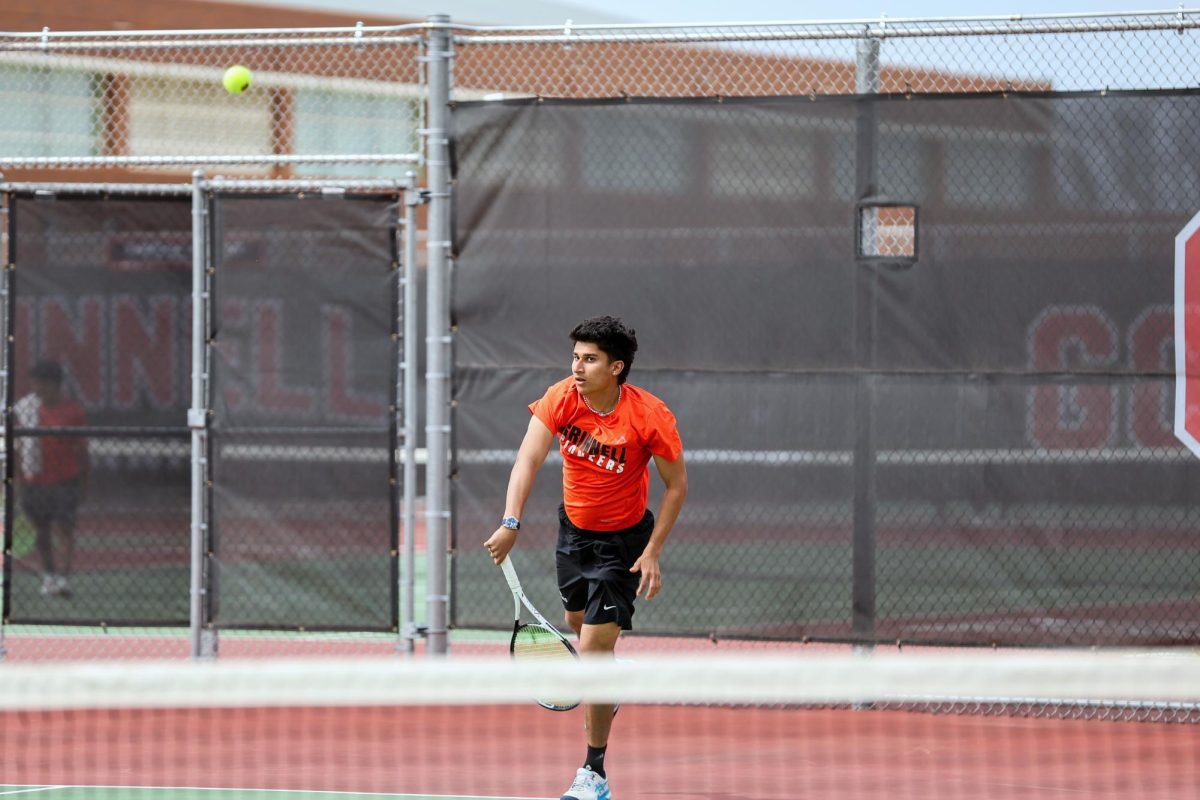
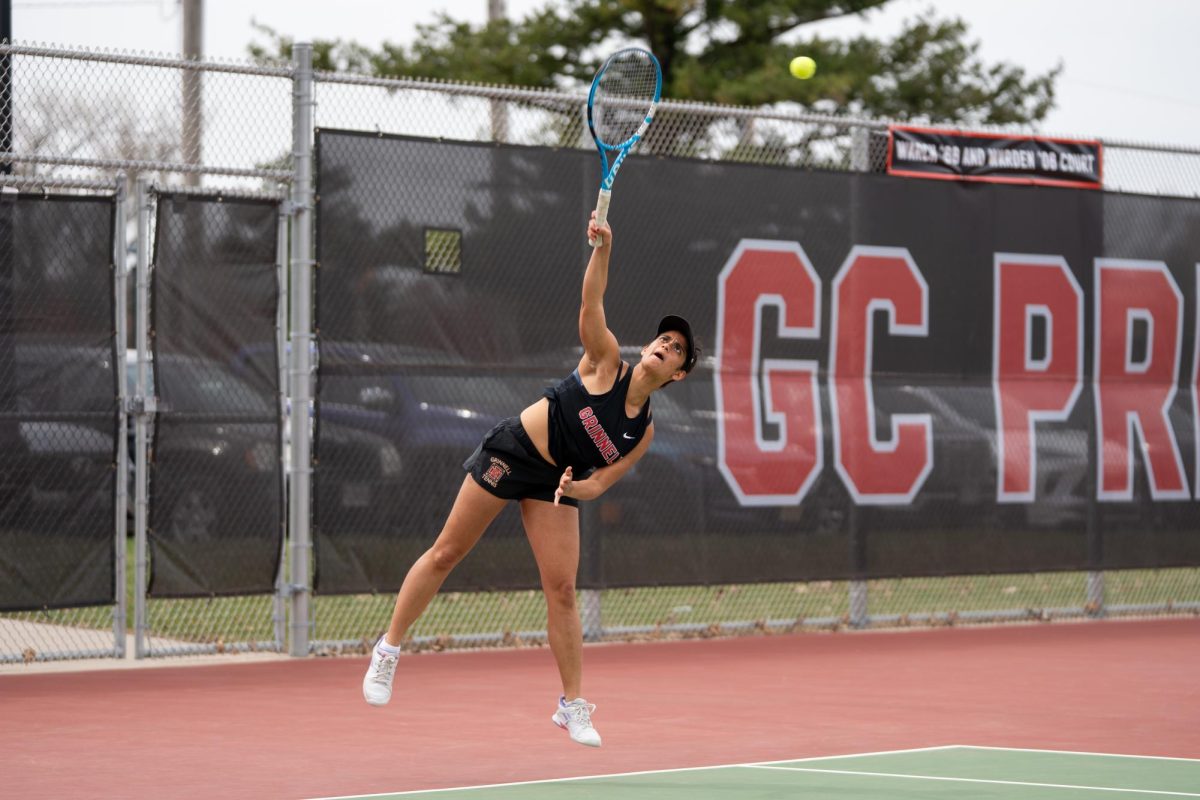


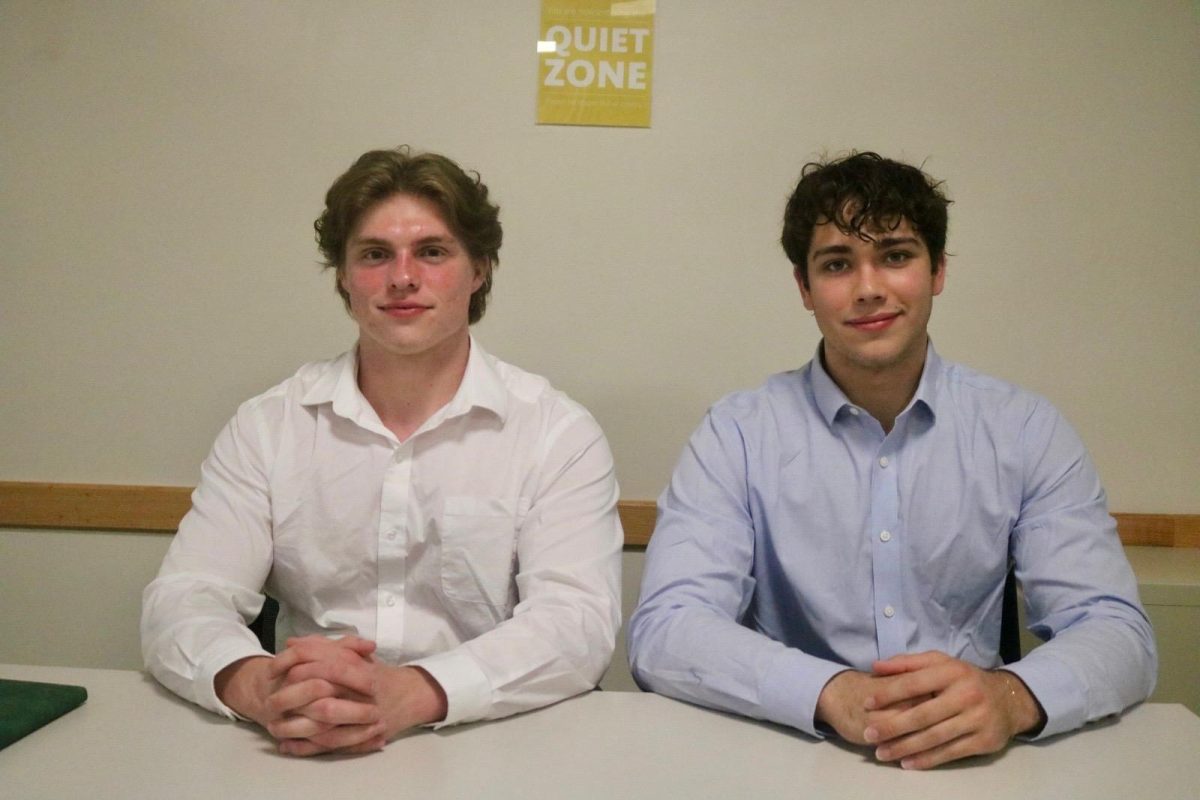



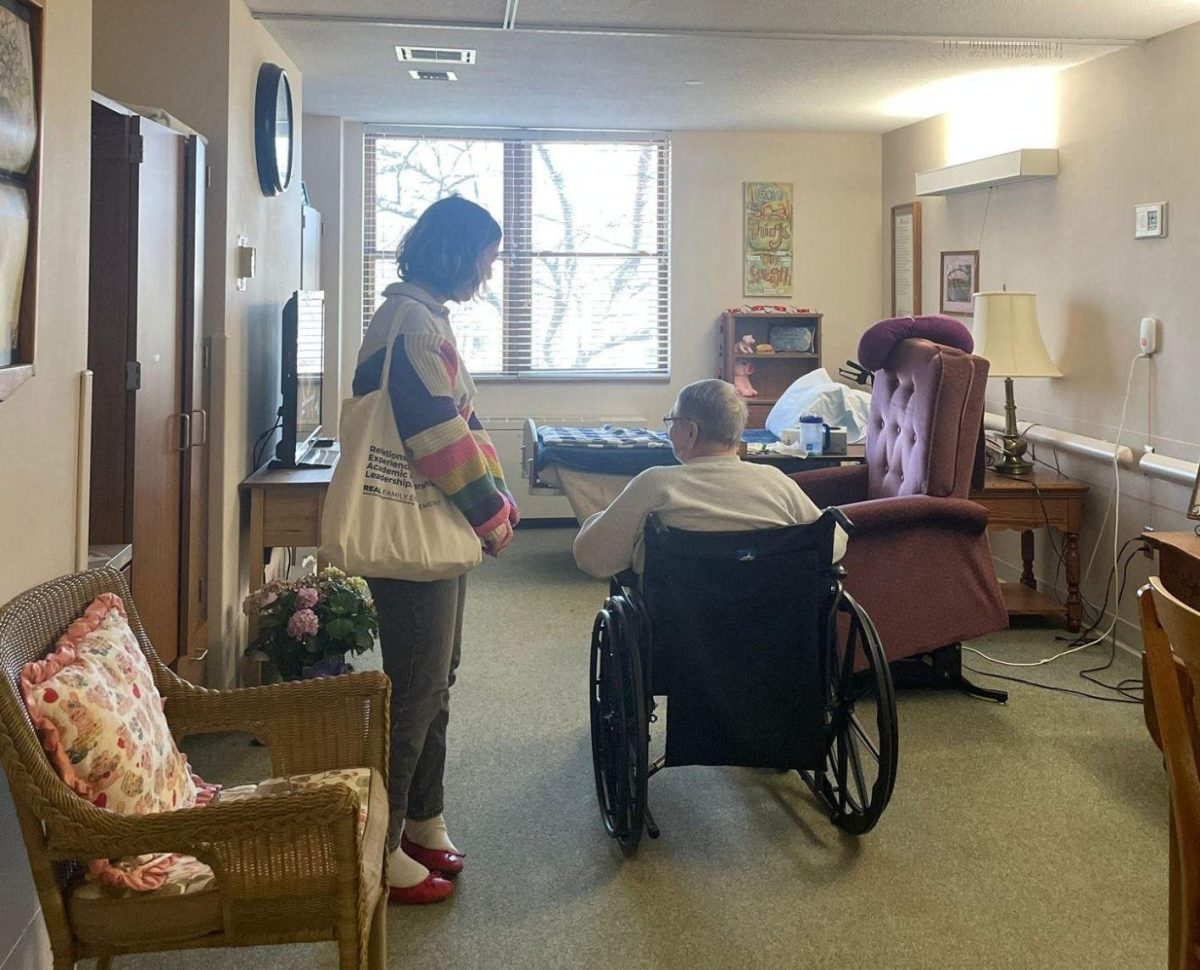

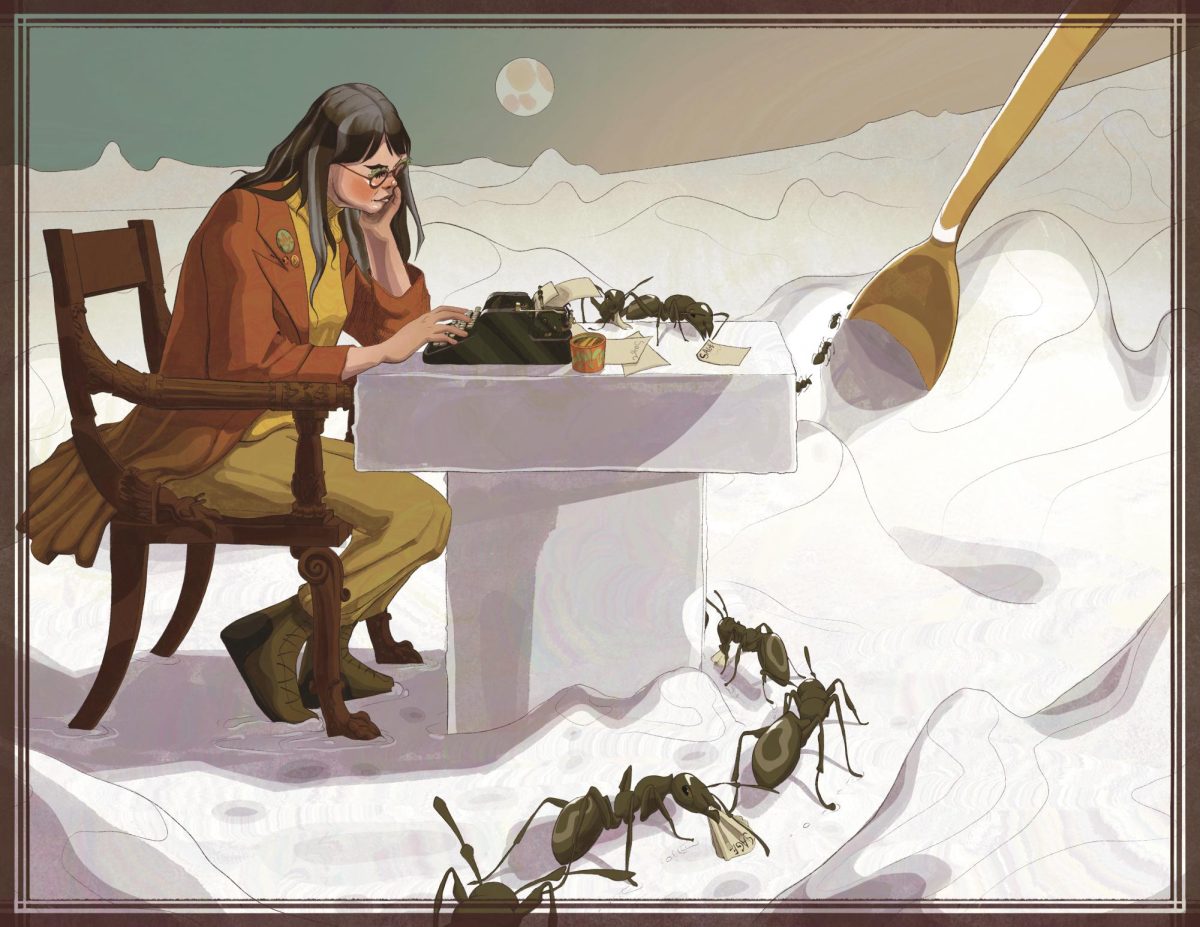




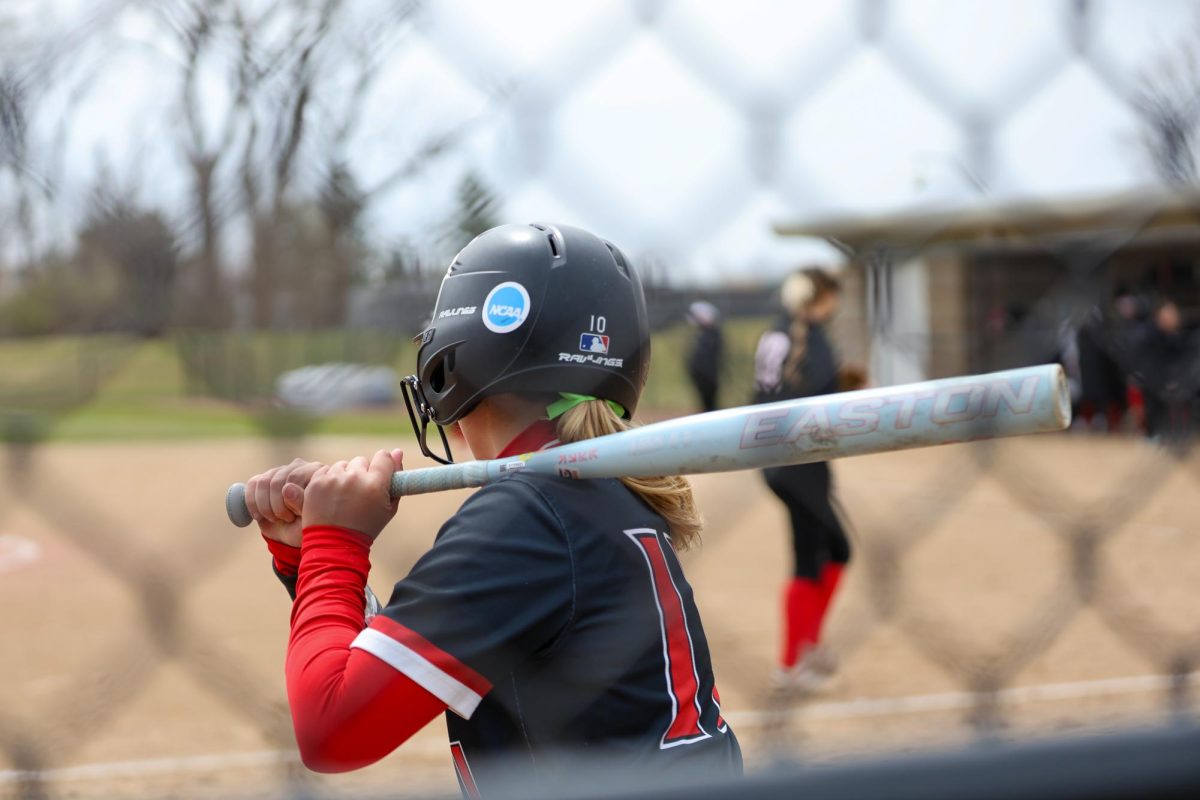
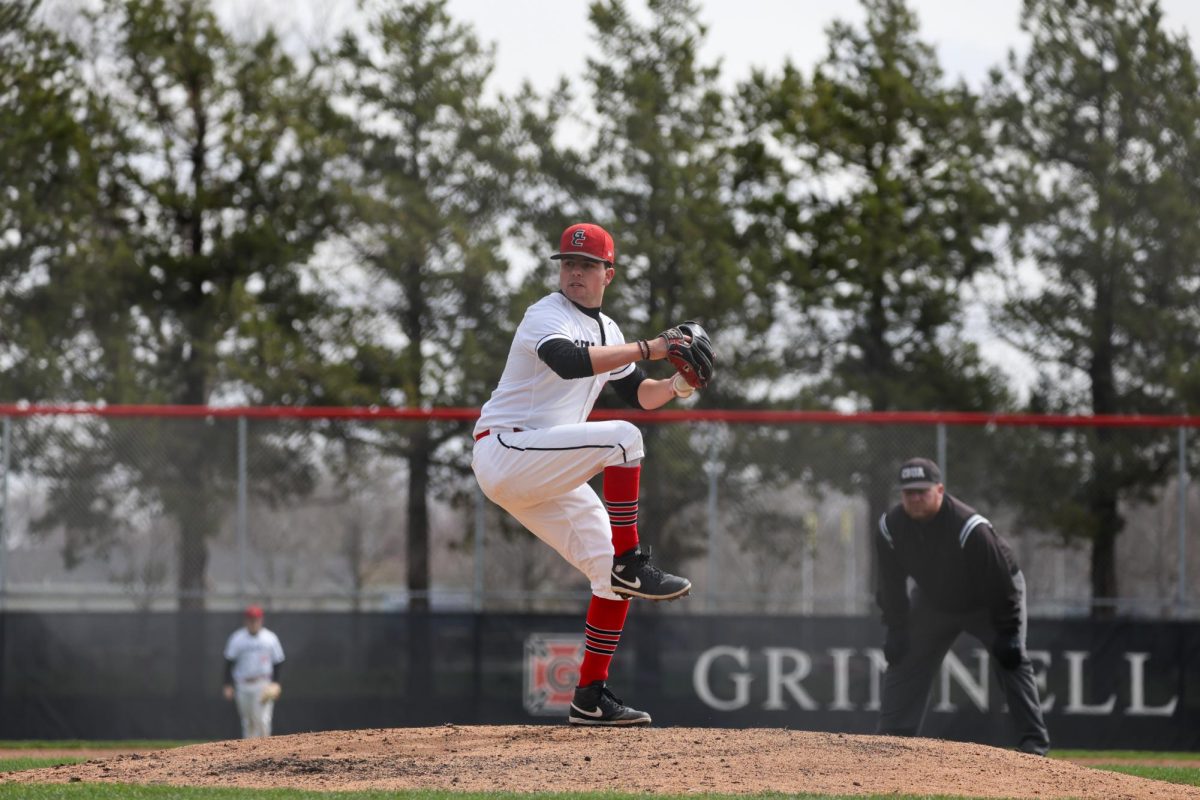
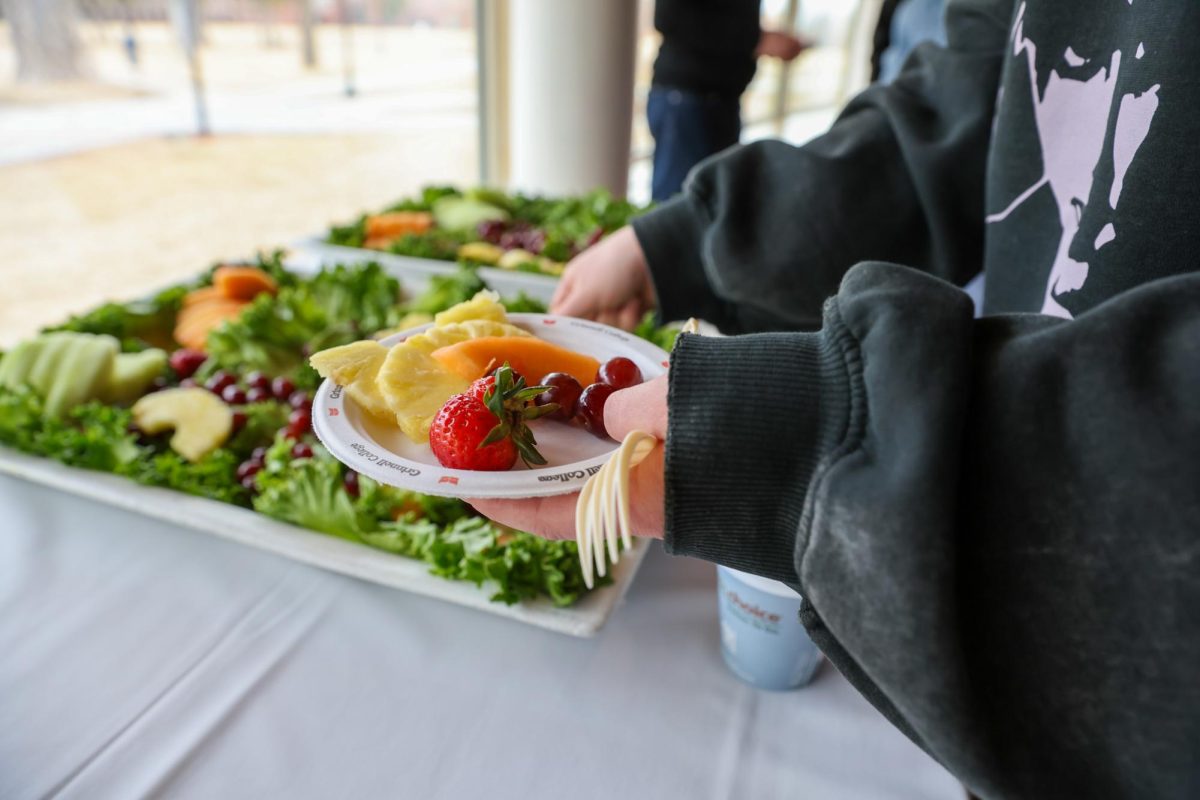










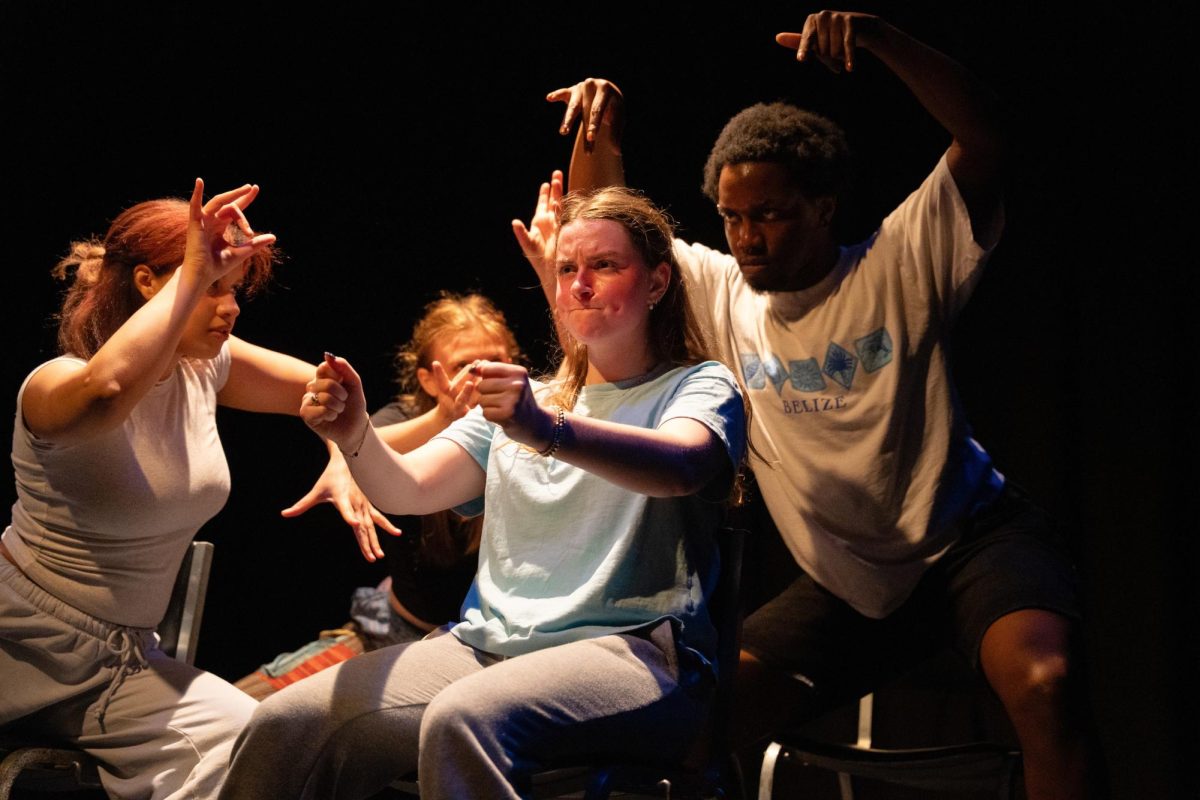
Jewell Rief • Dec 18, 2010 at 10:01 am
I am continuously looking online for tips that can help me. Thx!
Em Pee Squared. • Nov 12, 2010 at 6:43 pm
You tell em’, son.